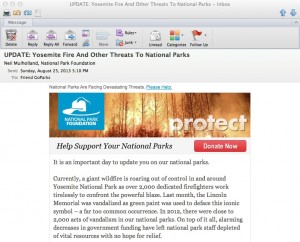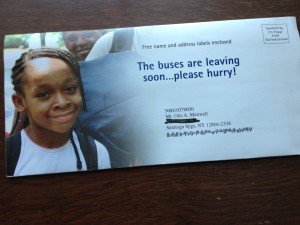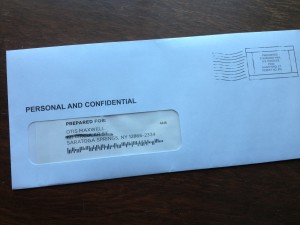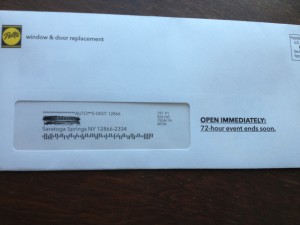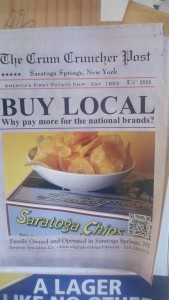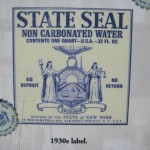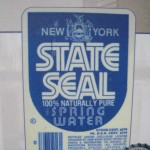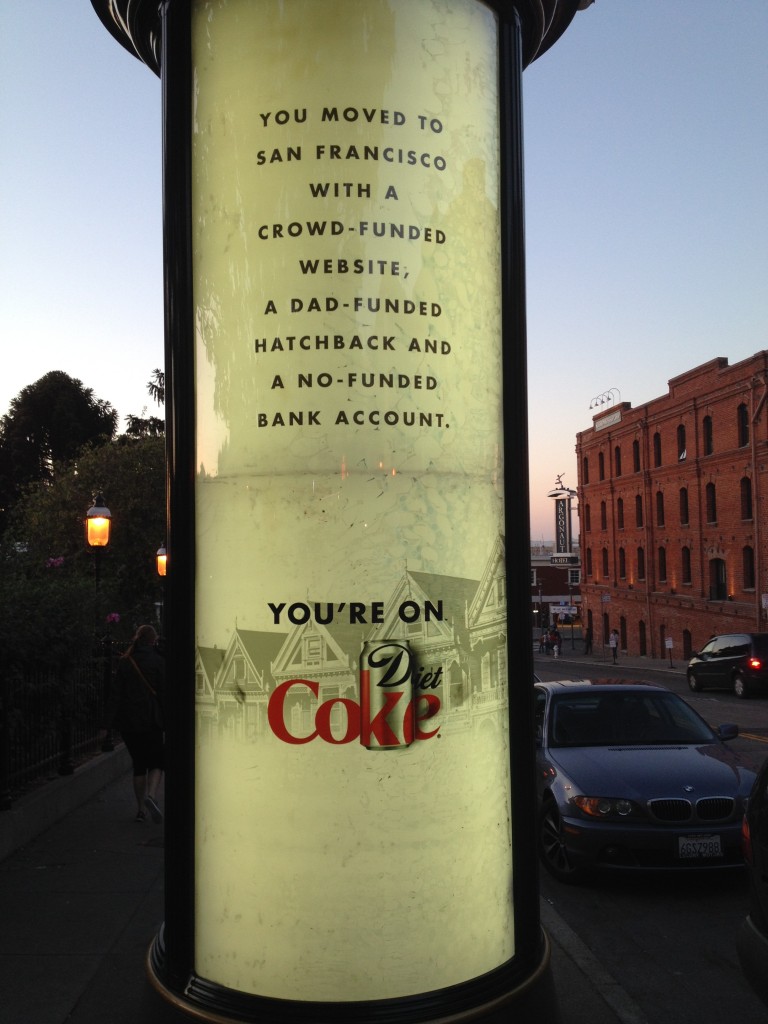
The riskiest kind of advertising is that in which you are so much inside the head of your audience that you can actually poke gentle fun at them and they will be appreciative rather than insulted. My favorite successful example is an etrade billboard that towered above San Francisco in the height of the dot-com craziness: “Sure, it’s scary. But so is falling in love.” Sly reinforcement of the trepidation the internet bubble investor was feeling, and implication you should do business with etrade because they understand. Of course, this love affair didn’t end very well, but that’s not the copywriter’s fault.
A less good example is the badvertising kiosk I photographed at the Hyde Street turnaround, one of the most touristy areas of San Francisco. “You moved to San Francisco with a crowd-funded website. A dad-funded hatchback. And a no-funded bank account. You’re on. Diet Coke.” Please tell me how the target of this ad could be anything but insulted.
To parse it, you’re a loser who can’t afford to buy a car and you have no money in your bank account, and you’ve moved to San Francisco like thousands of other idealistic young people who are about to get a harsh lesson in reality. The “crowd-funded website” is what does the greatest damage here, though. I don’t think the copywriter (who I have the feeling is some old cackling dude in New York, with arthritis-gnarled fingers, who last visited San Francisco when Carol Doda was performing on Broadway) has any idea what a “crowd funded website” is—that’s actually quite a complex thing to pull off, hardly in the wheelhouse of somebody who can’t balance a checkbook. No, they’re just trying to paint a picture using some phraseology they grabbed out of Wired magazine and the general idea is that’s what young people move to SF for these days, instead of serving coffee at Vesuvio.
Actually, it isn’t, necessarily. There’s quite a battle among young people these days for the city’s soul as evidenced by protestors vomiting on the massive buses with the black tinted windows that whip the techies back and forth. Being an internet billionaire is not on a par, karma-wise, with being discovered playing your guitar in Golden Gate Park. The stock photo (behind the Diet Coke logo) of the “Painted Ladies”, another touristic attraction with little meaning for the young scrounger unless he sleeps under the bushes in Alamo Square, and the very location of this kiosk where few actual San Franciscans would see it all suggest the campaign was conceived by a couple of nicotine-stained hacks peering out the dirty windows of an office in Midtown Manhattan.
I haven’t yet mentioned the tag line, with its subtle-as-a-brick double entendre. Note in the photo that the period in “You’re on. Diet Coke.” is in a smaller font than the rest of the type (compare it to the punctuation in the body copy) to give us an extra wink. Oh. I get it. “You’re on” is one of those anthemic phrases like “let’s ride” but they just couldn’t resist suggesting the youngster is hopped up on caffeine and artificial sweeteners.
Which makes me wonder…. Could this actually be intended as irony? Is it in fact designed for the tourists, inviting them to mock the Friscans they know are mocking them? If so, genius. But I don’t believe that is what is happening here. Diet Coke team, if you’re reading, please tell me it is or isn’t so.
